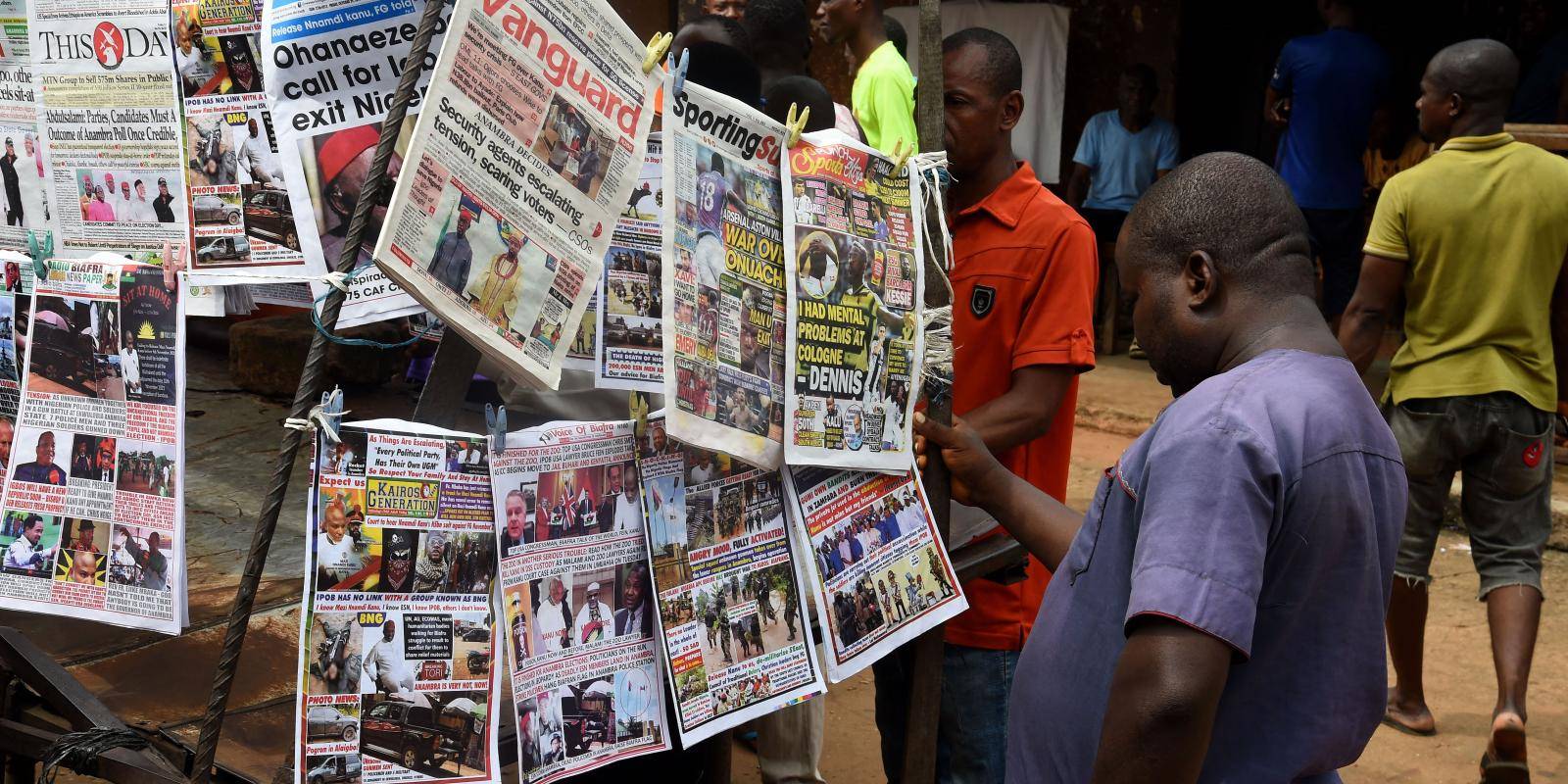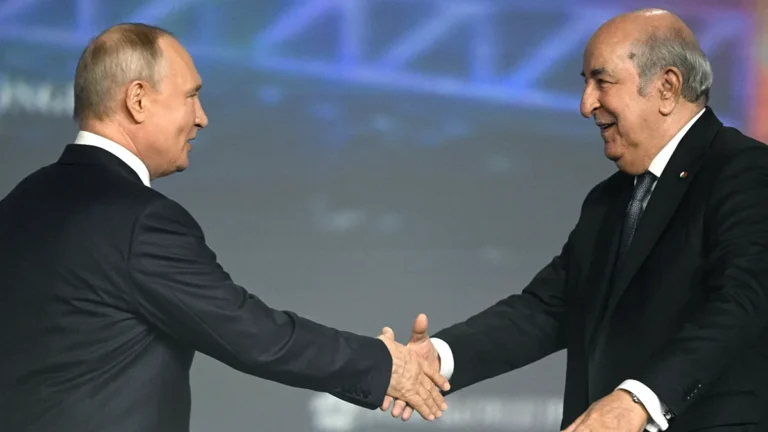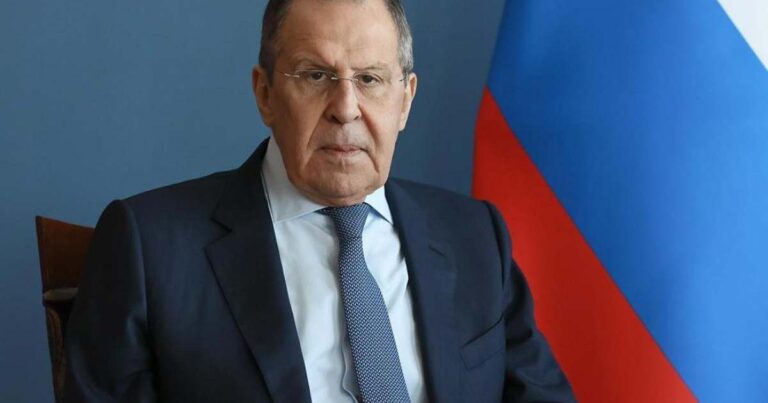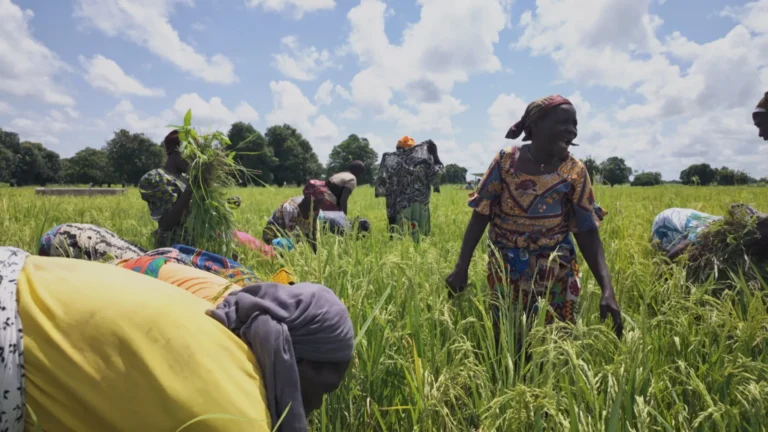
Despite being home to more than a billion people across 54 nations, Africa continues to be sidelined in international media narratives—appearing predominantly when disaster strikes.
From climate shocks to coups, from armed insurgencies to migration surges, Africa is often framed in the global press through a singular, reductive lens of crisis.
Outside these moments of turmoil, the continent fades into the margins of the news cycle.
This absence is not incidental—it is systemic, rooted in entrenched editorial hierarchies, colonial-era biases, and a global media infrastructure that remains stubbornly selective in its coverage.
One of the core principles taught in journalism schools across Europe and North America is “proximity”: the idea that events closer to the audience carry more value.
In practice, this principle has rendered many African nations effectively invisible in mainstream Western media.
“A municipal election in Berlin will attract more coverage than a national election in Nigeria,” notes the report, despite the latter involving over 200 million people and significant geopolitical ramifications.
This skewed coverage has helped reinforce a tired stereotype: Africa as the “continent of crisis.” Even as ten African countries were among the world’s twenty fastest-growing economies in 2024—according to the African Development Bank—those stories received scant attention.
Countries like Rwanda, Benin, Niger, and Côte d’Ivoire have seen dynamic economic transformations, yet their stories are often sidelined in favour of more sensationalist narratives.
Much of this distortion stems from the reliance on major international agencies such as Reuters, AFP, and AP. If these gatekeepers overlook a development in Dakar or Djibouti, chances are it won’t make the evening news in London or New York. This dependence creates what media scholars term a “tunnel effect,” reducing a vibrant, diverse continent to a collection of headlines about violence, hunger, and political upheaval.
The lack of African journalists and voices in Western newsrooms only exacerbates the problem.
As Marc-Alexis Roquejoffre, founder of the journalism school IFIC, observes, “The absence of correspondents on the ground and over-reliance on recycled agency dispatches produce impoverished, stereotyped, even toxic coverage.”
Roquejoffre argues that media training must now be about fostering ethics, demanding depth, and amplifying overlooked voices.
The article calls for a “decolonization of the media gaze.”
This doesn’t mean avoiding difficult truths—it means telling the full story. Africa is not a monolith, nor a permanent theater of despair.
It is complex, contradictory, and evolving. Balanced coverage would highlight not only its struggles but also its successes, its creativity, its resilience.
African voices also bear responsibility, the article notes, for how the continent is portrayed.
When African pundits appear in global media, they often default to narratives of suffering and dependence.
This, too, must change. “It is urgent that African voices assert their strengths, not just their fragility,” Roquejoffre asserts.
Encouragingly, independent African media platforms—fact-checkers, podcasts, pan-African news outlets—are emerging to reclaim the narrative.
But they face immense challenges in breaking into the global information ecosystem.
Strengthening editorial collaboration between North and South, and elevating African-led storytelling, is essential for shifting the discourse.
Ultimately, the global media must stop treating Africa as a stage for disaster. Reframing how the world sees Africa—and how Africa sees itself—is not just a journalistic responsibility.
It is a democratic one. Because in the business of news, silence is never neutral. It is a form of violence.



